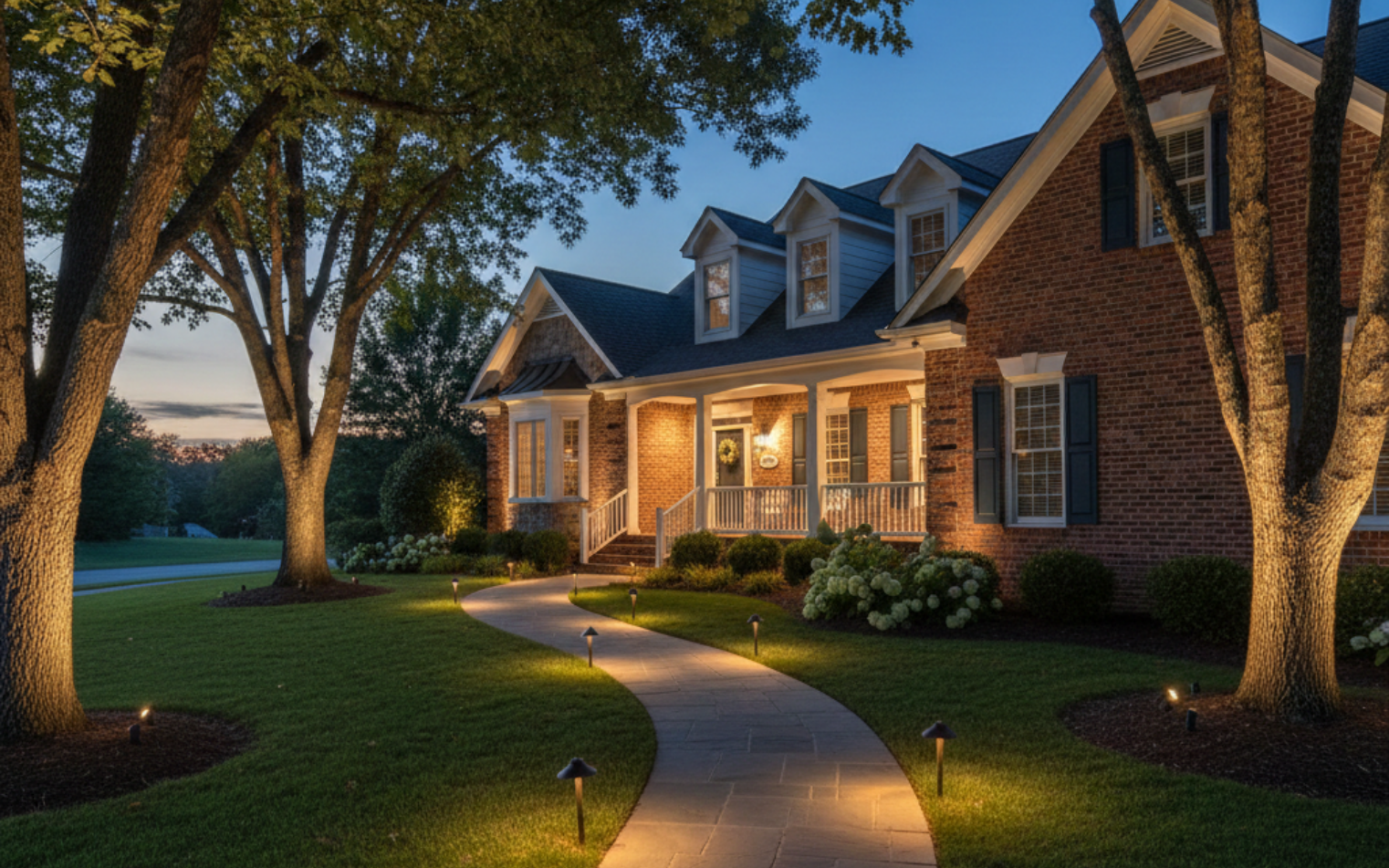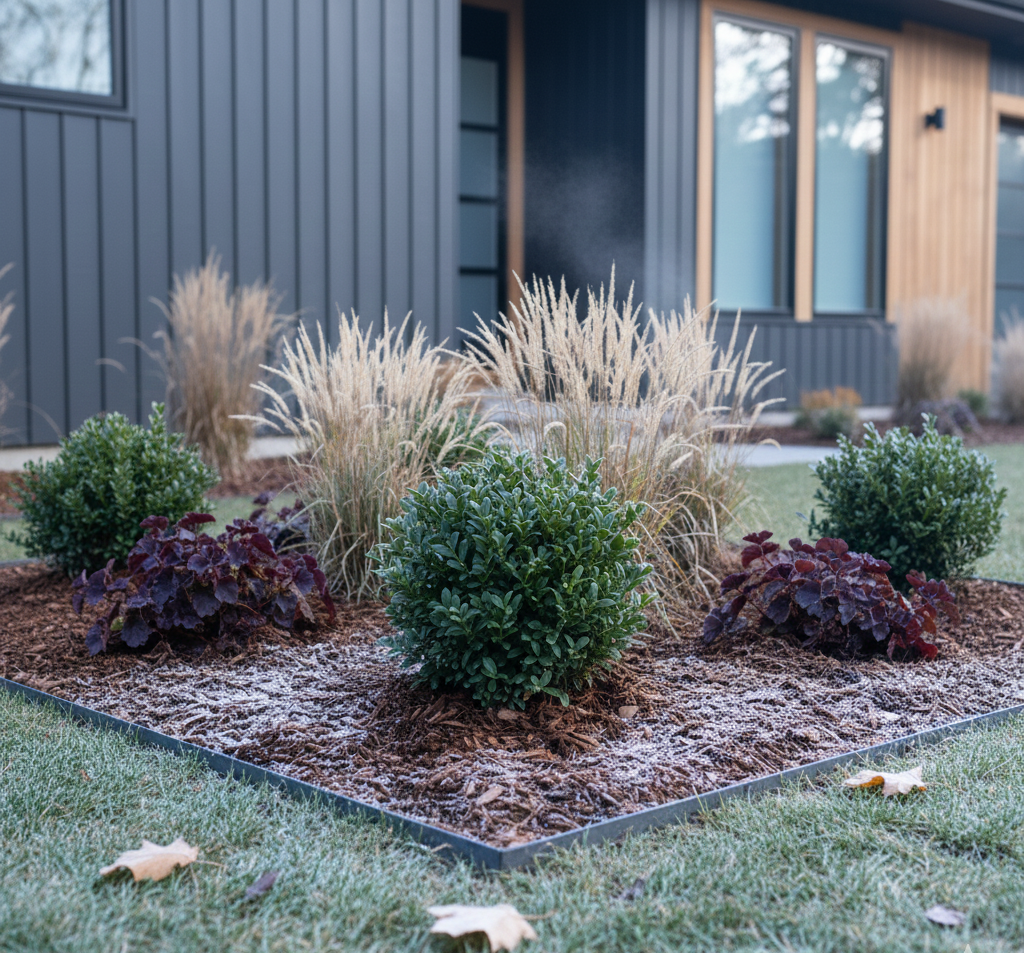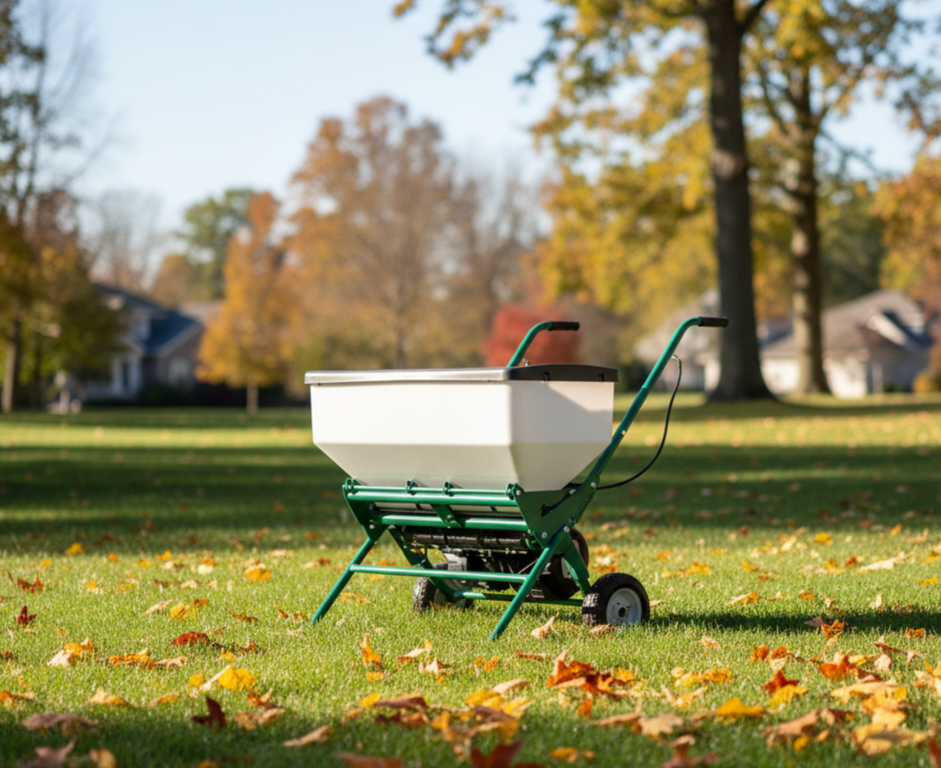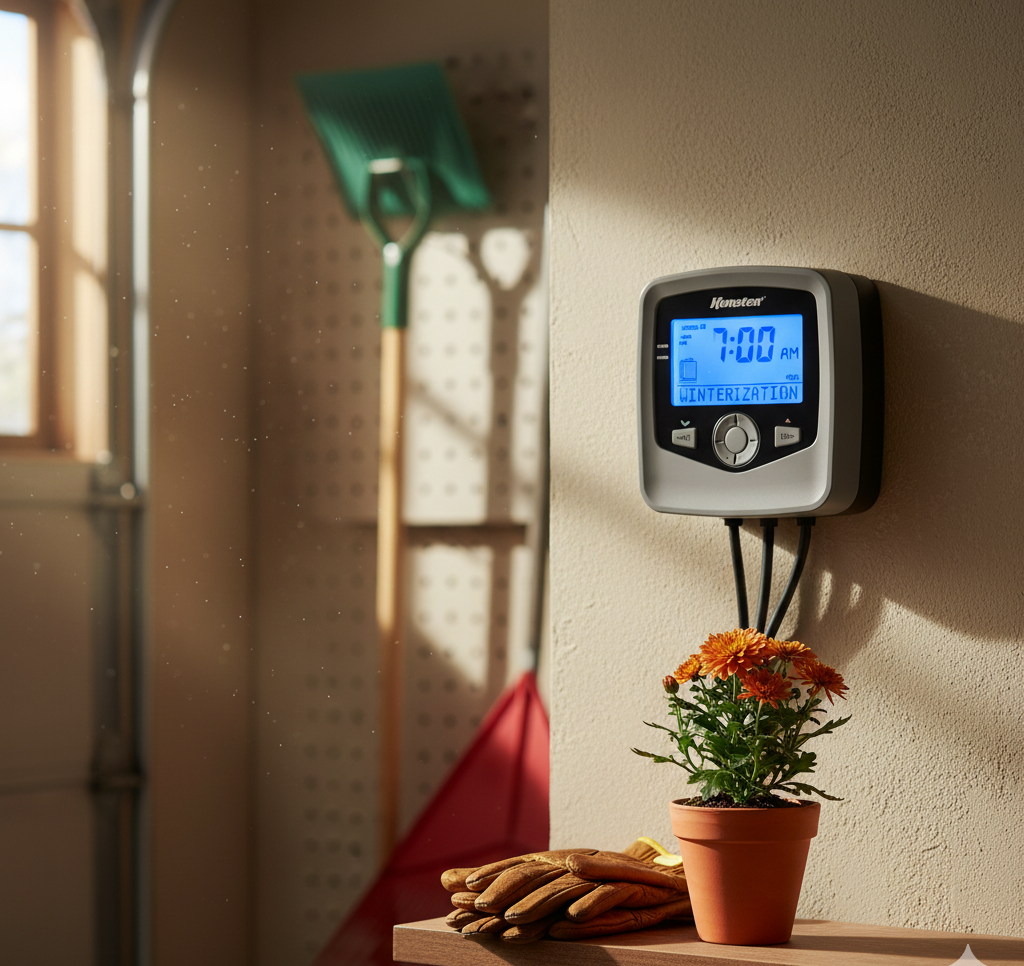The landscaping around your home is one of those aspects of the home’s design that can easily go out of control. The small additions and tiny modifications you make to the landscaping over time can distort the design until there is no discernible theme or pattern to your landscape. Nowadays they use landscape design software in creating their design in their lawn and home.
One thing homeowners tend to overlook during landscape design is the need for planning, warns Alltrade Properties. A planned landscape is cohesive; the different elements of the design are complementary. That kind of landscaping makes the best use of available resources and is fairly easy to maintain. In order to get this type of landscaping that landscape architects highly recommend, you must follow the rules for a good landscaping ideas and design. These rules let you inject personality into your landscaping design while still ensuring that you meet the criteria for defining an outstanding landscape design. Here are some of those rules:
12 Landscaping rules you should never overlook
Define a focus
You must create a focal point for every view in the landscaping. "Focal points" are a phrase used in landscape design to direct someone's attention to a certain spot. If your lawn is generally flat, for example, putting a tree would be a good focal point. For instance, for the front entryway that is close to the house, and backyard landscapes; the door is the focal point. Every element near or leading up to the doorway should direct visitors’ gaze toward the door. Similarly, for other parts of the landscaping, a pagoda, tree, swimming pools, vegetable garden, fire pits, or rock garden could be the focus.
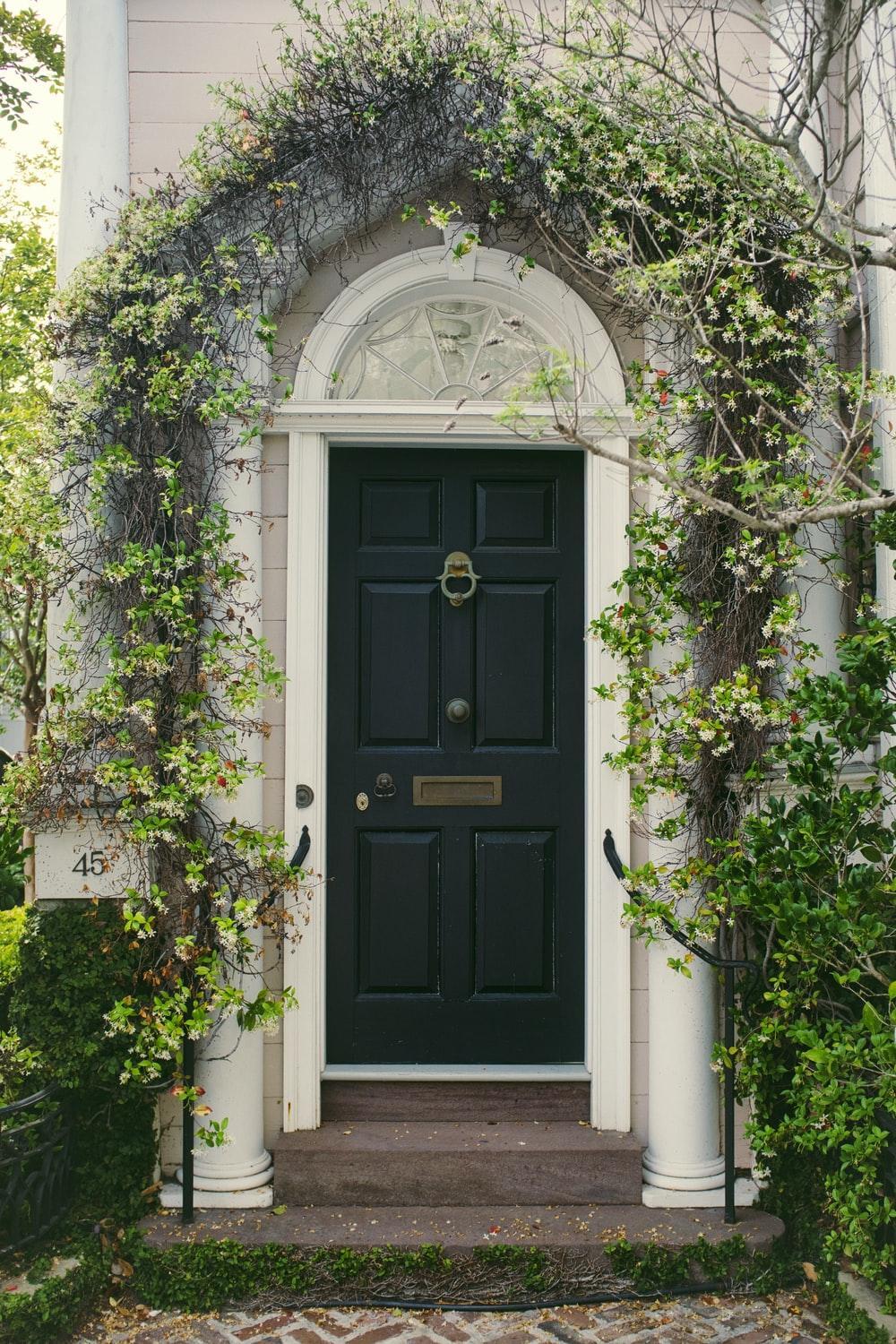
Avoid short-term planning
The most crucial step in planning a residential landscape is to sketch up a plan on what to invest or buy for your lawn for landscaping design. Creating a master plan will save you time and money while also increasing your lawn care and landscape life time. When adding features to the landscaping ask yourself if this is something you want in your landscaping in the next 15-25 years. Think of how it could affect the value of your home. If you ever decided to sell the house how would potential buyers react to that feature? Paying attention to this rule can save your money on investing recklessly for your lawn.
Think of your home’s orientation
The placement of a home on a lot is referred to as orientation. In other words, the term refers to the direction in which a house faces. Because the orientation of a home highly affect its market value, you should make sure that it suits your personal tastes before purchasing or making it. If your home faces north and it is large, the plants in the front of your yard are never going to see enough light. On the other hand, the plants will get more heat than they need if the house faces east or west. Think of this when selecting plants. This will affect the small details that will make your home beautiful to look at.

Observe the right ratio for enclosures
The “law of significant enclosure” says that in order for people to have a sense of refuge inside an enclosure, its vertical edge must be at least 1/3 of the length of its horizontal space. For instance, when planning a patio, if the area is 20 feet wide, the hedge should be at least 7 feet tall. And the second one to observe is the size relationship that sections of the design have to each other and to the design as a whole is referred to as proportion landscaping.
Use the golden rectangle

The Golden Rectangle is a rectangle in which the ratio of the short side to the long side equals the ratio of the long side to the sum of both sides. This rule applies to rectangular features in the landscaping. It says that the ratio of the short side of the rectangle to the long side should be equal to the ratio of the long side to the sum of the short and long sides. This is represented as (a/b = b/a+b). If math is not your strong point, you may need help figuring this one out. It's especially useful for determining the most beautiful dimensions for everything from flowerbeds and lawns to terraces and arbors and any other landscaping designs that you want to put in your lawn or home.
Always choose bigger
When in doubt about whether to go longer or shorter, lower or higher, and wider or narrower, always go for wider, longer or higher. It is easier to make something smaller than it is already than it is to expand it if it is too small. Also noise is reduced by parks and tree canopies which is a big landscape design for your lawn. Landscaping design is far better in areas with tree-lined avenues and larger yard trees.
Go from big to small
To get a better sense of the overall structure of your landscaping, always start with the bigger elements. For instance, start with trees, move on to shrubs, perennials, and then ground cover crops.
This will also help you avoid damage to the smaller features when you are setting the bigger ones. Organizing and setting up the big landscaping material first for design in your lawn can help you to lessen the struggle in putting all material in your lawn.
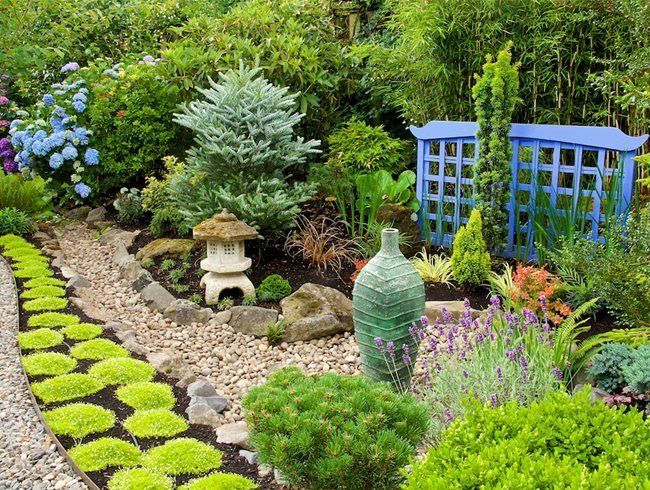
Mass your plants
A garden with an array of different categories of plants sounds fun and interesting but it requires a lot of expertise to execute correctly. It is also harder to maintain. You will get better results by choosing a single plant and using a lot of it in defined spaces. Making a gardening plan will help you to consider on what's the best design ideas for your garden design. Good plant choices result in more nutrient-dense soil and cleaner air. In addition to increasing biodiversity, good design attracts birds and pollinators to your yard.
Employ form and texture
Plant texture is defined as the apparent surface quality of a plant part in comparison to that of neighboring plants in landscape design. The leaves or blossoms of a specimen can have a coarse, medium, or fine texture that can be use in designing your landscape in you lawn for better viewing even in small details.
Include plants that introduce form and texture in your landscape design. While it is alright to focus on flowers, do not underestimate the impact of the branching patterns and foliage of other plants even plant bed can apply some uniqueness in you garden.

Create year-round interest
You probably know this rule already. Your landscaping should have something of interest to offer in each season. To make this happen, you need to research your plants well and be strategic when choosing what to include in or exclude from the landscaping. Planting a variety of perennials, annuals, shrubs, and trees to provide year-round color can create a year round interest. Perennials come back year after year with little work; several have a three-week bloom period before returning to foliage that requires trimming once a year.
A straight pathway works best
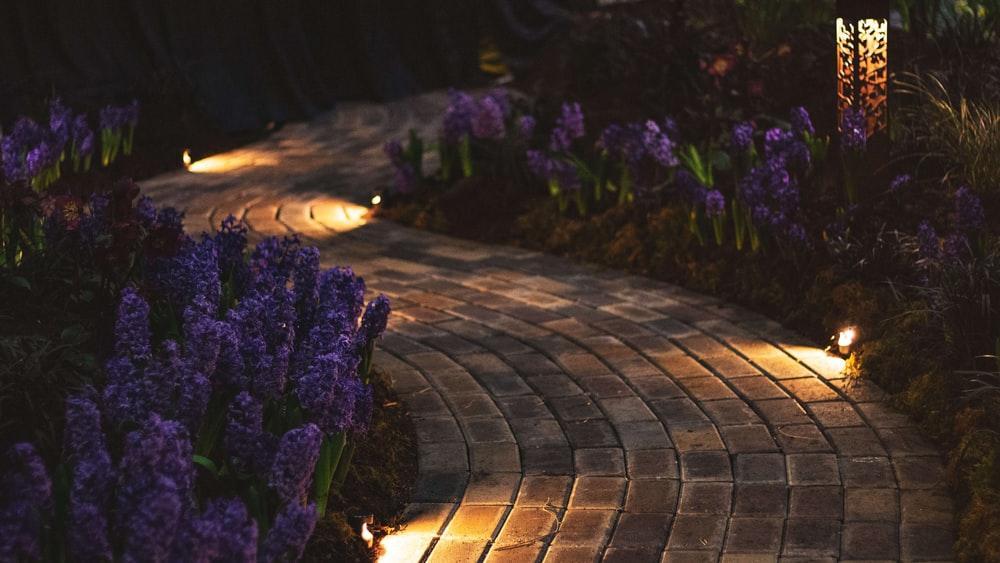
Adding a winding stone walkway to the yard will create suspense and drama. But for the pathway that leads up to your front door, a straight path is better. It is harder to design and look after a circuitous path. Even though straight line routes are less elegant and polished than curved roads when you want to showcase your lawn with curved walkway leading to these elements will also make your landscape stand out if you have a number of features in your lawn. Additionally, carefully placing landscape lights can highlight the curb appeal and pathways even more.
Add privacy
Without buffers, shrubs, or some enclosed space to give you some level of privacy, you limit the number of ways you can use the landscaping. Creating privacy does not always mean installing a fence; it can be as simple as using plants to create a hedge or planting shrubs.
Fences are a simple and effective way to provide seclusion in a yard, but verify your local rules concerning height and location. Although fences and brick walls can help, adding an additional divider, screen, shade garden or plant barrier can completely conceal your neighbor's two-story view.
Freestanding privacy screens, stone walls, wood slat barriers, and partially covered pergolas are all efficient ways to create your lawn more privacy.
These rules serve a simple purpose. They help to inject objectivity into an endeavor that is typically guided by subjective choices. However, when following the rules, remember that your landscaping is meant to be enjoyed. Therefore, these rules are meant to enhance the beauty of your landscaping, not destroy it. A lawn care company can help you manage your landscape design, like Green Garden Landscaping. Our Expertise can help you quick and easy, call us at (919) 478-1852.


